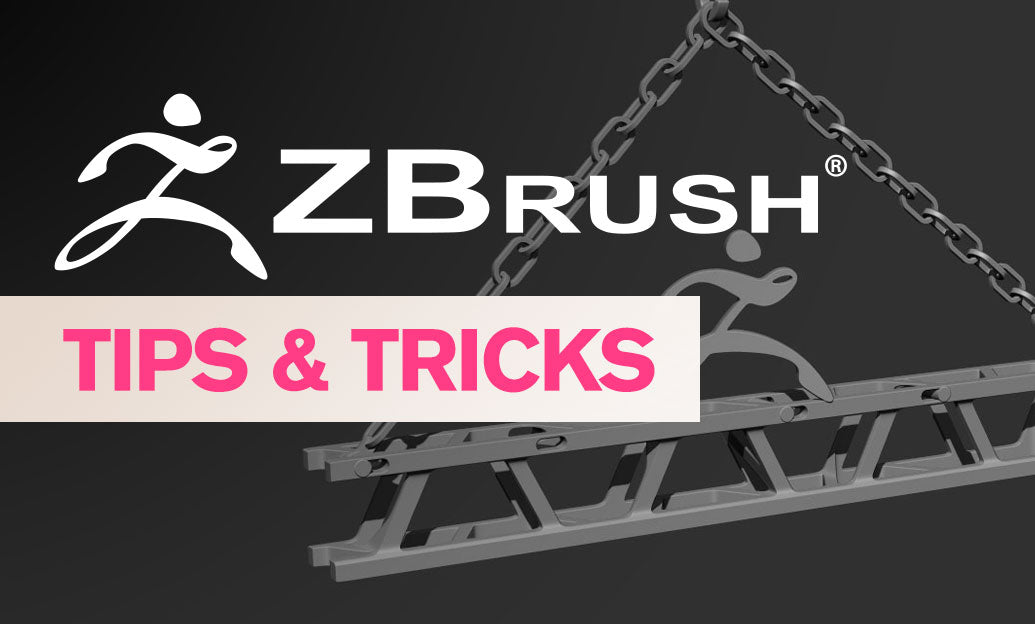Your Cart is Empty
Customer Testimonials
-
"Great customer service. The folks at Novedge were super helpful in navigating a somewhat complicated order including software upgrades and serial numbers in various stages of inactivity. They were friendly and helpful throughout the process.."
Ruben Ruckmark
"Quick & very helpful. We have been using Novedge for years and are very happy with their quick service when we need to make a purchase and excellent support resolving any issues."
Will Woodson
"Scott is the best. He reminds me about subscriptions dates, guides me in the correct direction for updates. He always responds promptly to me. He is literally the reason I continue to work with Novedge and will do so in the future."
Edward Mchugh
"Calvin Lok is “the man”. After my purchase of Sketchup 2021, he called me and provided step-by-step instructions to ease me through difficulties I was having with the setup of my new software."
Mike Borzage
V-Ray Tip: Crafting Photorealistic Metals in V-Ray: Reflective Properties and Material Techniques
June 26, 2024 2 min read

When it comes to rendering photorealistic metals in V-Ray, understanding the subtleties of reflective properties is key. Metals are unique in their interaction with light, often requiring precise settings to achieve a believable look. Here are some insights on crafting realistic metals using V-Ray:
- Start with the V-Ray Metal Material, which is specifically designed to replicate the reflective properties of metals. It offers a physically accurate base for your metal surfaces.
- Real metals have different colors and reflectivity. For instance, gold has a distinct yellow tint, while aluminum is almost purely reflective. Use the color swatches within V-Ray to accurately represent these properties.
- Consider the surface finish of your metal. Polished metals have sharper, clearer reflections, whereas rough surfaces have blurred reflections. Adjust the glossiness parameter to control this aspect.
- Incorporate Fresnel Reflections to add realism. Metals reflect light more strongly at grazing angles. V-Ray's Fresnel IOR (Index of Refraction) helps simulate this effect naturally.
- To create worn or aged metal surfaces, use V-Ray’s procedural maps or bitmap textures to vary the reflectivity and glossiness across the surface, giving it a more realistic and less uniform appearance.
- Lighting plays a crucial role in the appearance of metals. Ensure you have a well-designed lighting setup that provides environment reflections and highlights key details of the metal objects.
- For added realism, utilize V-Ray’s Environment Fog to simulate the subtle atmospheric perspective that can affect the appearance of metals in large scenes or outdoor environments.
- Remember that metals are rarely isolated; they interact with their environment. Reflective and refractive objects nearby can influence the appearance of your metal object. Accurately model and texture these interactions for the best results.
- Finally, post-processing in V-Ray’s Frame Buffer can help you fine-tune the metal’s look. Adjustments such as contrast, hue, and saturation can make your metals pop in the final render.
For those looking to dive deeper into the world of rendering and find the best tools for their projects, NOVEDGE offers a comprehensive array of software solutions, including V-Ray. Check out their offerings to enhance your rendering capabilities.
By paying attention to these details, you can create metal surfaces in V-Ray that are indistinguishable from the real thing. It's all about understanding how light interacts with metal and how to translate that into your 3D work.
You can find all the V-Ray products on the NOVEDGE web site at this page.
Also in Design News

ZBrush Tip: Enhancing Fabric Sculpting Skills in ZBrush: Tips and Techniques
October 22, 2024 2 min read
Read More
V-Ray Tip: Mastering Subsurface Scattering in V-Ray for Realistic Rendering
October 22, 2024 2 min read
Read More
AutoCAD Tip: Efficiently Integrating PDF Underlays into AutoCAD Workflows
October 22, 2024 2 min read
Read MoreSubscribe
Sign up to get the latest on sales, new releases and more …


